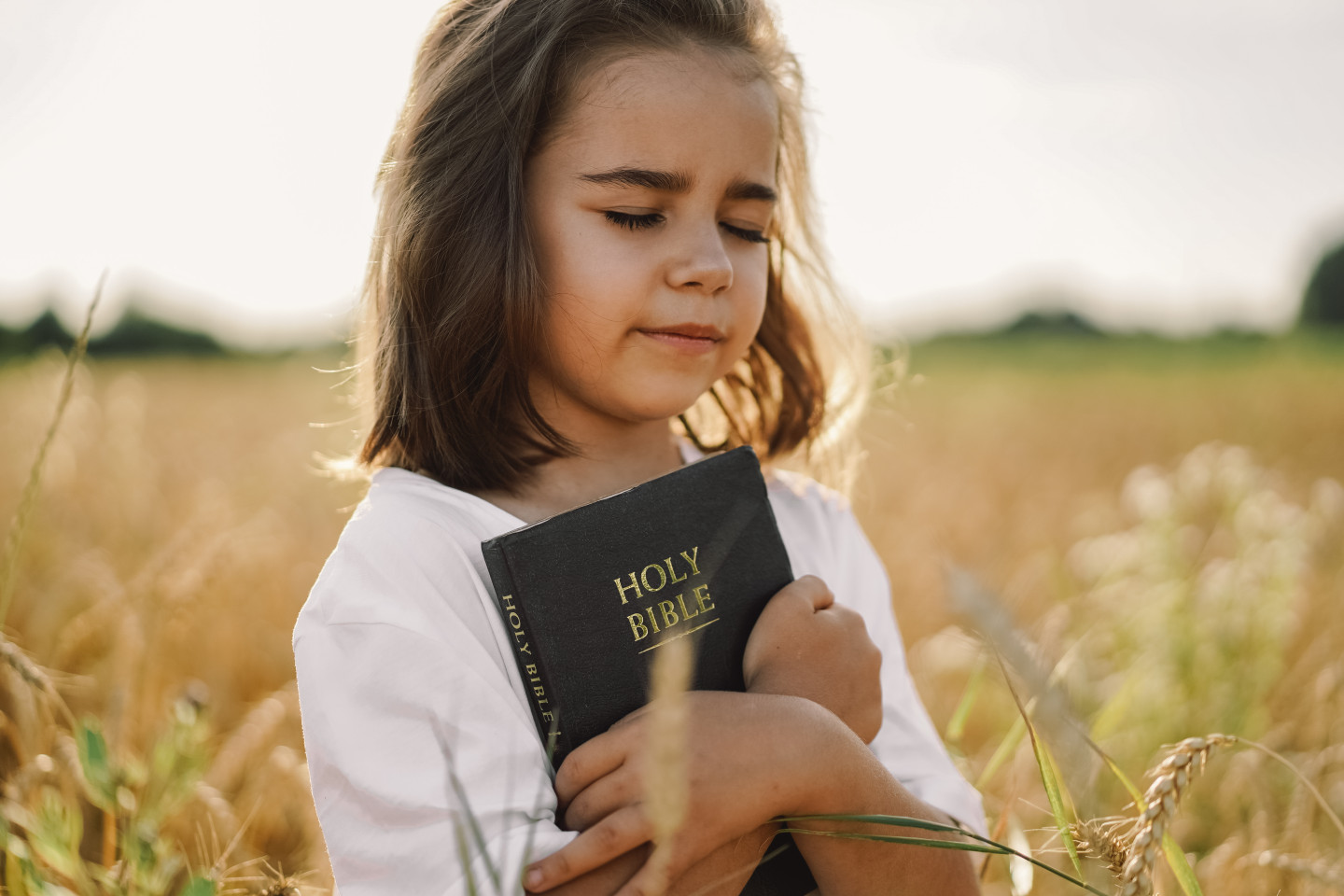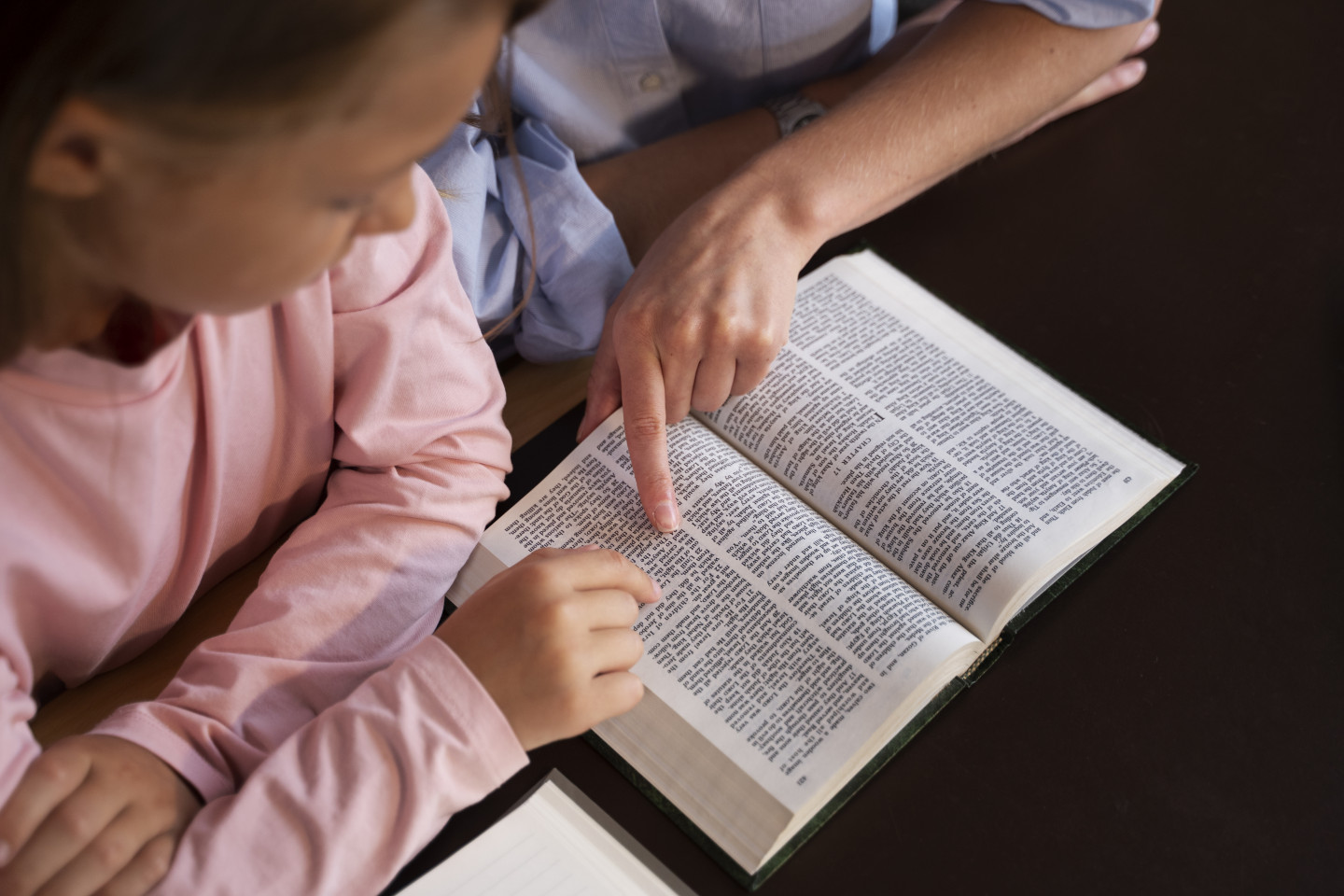Categorii
-
Text
- Acorduri crestine
- Cantece crestine
- Editorial
- Devotionale
- Cereri de rugaciune
- Poezii crestine
- Biografii crestine
- Carti crestine
- Cugetari crestine
- Dezbateri
- Eseuri crestine
- Jocuri crestine
- Lectia zilnica
- Maxime crestine
- Marturii crestine
- Partituri crestine
- Predici scrise
- PowerPoint
- Reviste crestine
- Schite de predici
- Studiu biblic
- Scenete crestine
- Versete biblice
- Misiune
- Programe crestine
- Apologetica
- Editoriale crestine
- Recenzii carti crestine
- Doctrine crestine
- Consiliere crestina
- Teologie crestina
- Istoria crestinismului
- Comentarii biblice
- Rugaciune
- Mantuire
- Inchinare
- Duhul Sfant
- Invataturi biblice
- Lectii biblice
- Jurnal de rugaciune
- Certificat de botez
- Diaspora crestina
- Edituri crestine
- Librarii crestine
- Scriitori crestini
- Muzicieni crestini
- Coruri crestine
- Fanfare crestine
- Seminarii crestine
- Scoli crestine
- Gradinite crestine
- Licee crestine
- Facultati crestine
- Pastori
- Familia crestina
- Viata crestina
- Misionari
- Discipline spirituale
- Etica crestina
- Scoala duminicala
- Trezire spirituala
- Botezul cu Duhul Sfant
- Sabat
- Semnele timpului
- Profetii biblice
- Casatoria crestina
- Traduceri ale Bibliei
- Slujire crestina
- Cina Domnului
- Cartile Bibliei
- Pacatul
- Asociatii crestine
- A doua venire a lui Iisus
- Inviere
- Biserica din casa
- Plantare de biserici
- Caritate crestina
- Lauda si inchinare
- Crestere spirituala
- Dumnezeu
- Credinta crestina
- Sfintenie
- Legamantul crestin
- Judecata lui Dumnezeu
- Legea lui Dumnezeu
- Pacea lui Dumnezeu
- Indurarea lui Dumnezeu
- Comuniunea cu Dumnezeu
- Incercarea credintei
- Marturisirea pacatelor
- Ascultarea de Dumnezeu
- Nasterea din nou
- Protectie divina
- Predestinarea
- Providenta divina
- Chemarea lui Isus
- Pildelele lui Isus
- Partasie
- Iertarea lui Dumnezeu
- Libertatea crestina
- Cantareti crestini
- Adventist
- Penticostal
- Baptist
- Cuvantul lui Dumnezeu astazi
- Pilde crestine
- Creationism si Evolutionism
- Islam si Crestinism
- Intrebari din Biblie
- Teme biblice
- Ce ne spune Biblia
- Adevaruri biblice
- Biblia raspunde
- Enciclopedie biblica
- Experiente cu Dumnezeu
- Ilustratii pentru predici
- Isagogie
- Ilustratii crestine
- Ocultism
- Stiinta si Religia
- Religiile lumii
- Binefacere
- Biserica lui Hristos
- Fericirile
- Isus Hristos
- Iubirea lui Dumnezeu
- Noul Pamant
- Noul Ierusalim
- Parabolele lui Isus
- Promisiunile lui Dumnezeu
- Texte biblice dificile
- Dictionar biblic
- Viata vesnica
- Crestinism
- Evanghelia
- Tineri crestini
- Vesnicie
- Viata de credinta
- Relatia cu Dumnezeu
- Vremurile din urma
- Binecuvantare
- Imparatia lui Dumnezeu
- Lupta spirituala
- Personaje biblice
- Raspunsuri biblice
- Meditatii crestine zilnice
- Urari crestine
- Mesaje crestine
-
Biserici Evanghelice
-
Biserici Live
Text
Audio
Video
Biserici Evanghelice
Biserici Live
- Acorduri crestine
- Cantece crestine
- Editorial
- Devotionale
- Cereri de rugaciune
- Poezii crestine
- Biografii crestine
- Carti crestine
- Cugetari crestine
- Dezbateri
- Eseuri crestine
- Jocuri crestine
- Lectia zilnica
- Maxime crestine
- Marturii crestine
- Partituri crestine
- Predici scrise
- PowerPoint
- Reviste crestine
- Schite de predici
- Studiu biblic
- Scenete crestine
- Versete biblice
- Misiune
- Programe crestine
- Apologetica
- Editoriale crestine
- Recenzii carti crestine
- Doctrine crestine
- Consiliere crestina
- Teologie crestina
- Istoria crestinismului
- Comentarii biblice
- Rugaciune
- Mantuire
- Inchinare
- Duhul Sfant
- Invataturi biblice
- Lectii biblice
- Jurnal de rugaciune
- Certificat de botez
- Diaspora crestina
- Edituri crestine
- Librarii crestine
- Scriitori crestini
- Muzicieni crestini
- Coruri crestine
- Fanfare crestine
- Seminarii crestine
- Scoli crestine
- Gradinite crestine
- Licee crestine
- Facultati crestine
- Pastori
- Familia crestina
- Viata crestina
- Misionari
- Discipline spirituale
- Etica crestina
- Scoala duminicala
- Trezire spirituala
- Botezul cu Duhul Sfant
- Sabat
- Semnele timpului
- Profetii biblice
- Casatoria crestina
- Traduceri ale Bibliei
- Slujire crestina
- Cina Domnului
- Cartile Bibliei
- Pacatul
- Asociatii crestine
- A doua venire a lui Iisus
- Inviere
- Biserica din casa
- Plantare de biserici
- Caritate crestina
- Lauda si inchinare
- Crestere spirituala
- Dumnezeu
- Credinta crestina
- Sfintenie
- Legamantul crestin
- Judecata lui Dumnezeu
- Legea lui Dumnezeu
- Pacea lui Dumnezeu
- Indurarea lui Dumnezeu
- Comuniunea cu Dumnezeu
- Incercarea credintei
- Marturisirea pacatelor
- Ascultarea de Dumnezeu
- Nasterea din nou
- Protectie divina
- Predestinarea
- Providenta divina
- Chemarea lui Isus
- Pildelele lui Isus
- Partasie
- Iertarea lui Dumnezeu
- Libertatea crestina
- Cantareti crestini
- Adventist
- Penticostal
- Baptist
- Cuvantul lui Dumnezeu astazi
- Pilde crestine
- Creationism si Evolutionism
- Islam si Crestinism
- Intrebari din Biblie
- Teme biblice
- Ce ne spune Biblia
- Adevaruri biblice
- Biblia raspunde
- Enciclopedie biblica
- Experiente cu Dumnezeu
- Ilustratii pentru predici
- Isagogie
- Ilustratii crestine
- Ocultism
- Stiinta si Religia
- Religiile lumii
- Binefacere
- Biserica lui Hristos
- Fericirile
- Isus Hristos
- Iubirea lui Dumnezeu
- Noul Pamant
- Noul Ierusalim
- Parabolele lui Isus
- Promisiunile lui Dumnezeu
- Texte biblice dificile
- Dictionar biblic
- Viata vesnica
- Crestinism
- Evanghelia
- Tineri crestini
- Vesnicie
- Viata de credinta
- Relatia cu Dumnezeu
- Vremurile din urma
- Binecuvantare
- Imparatia lui Dumnezeu
- Lupta spirituala
- Personaje biblice
- Raspunsuri biblice
- Meditatii crestine zilnice
- Urari crestine
- Mesaje crestine
- Cantece crestine audio
- Predici crestine audio
- Dezbateri
- Marturii crestine audio
- Meditații
- Studii
- Biblia audio
- Carti crestine audio
- Conferinte
- Emisiuni radio
- Midi
- Negative
- Poezii recitate
- Povestiri crestine audio
- Audio
- Muzica crestina








